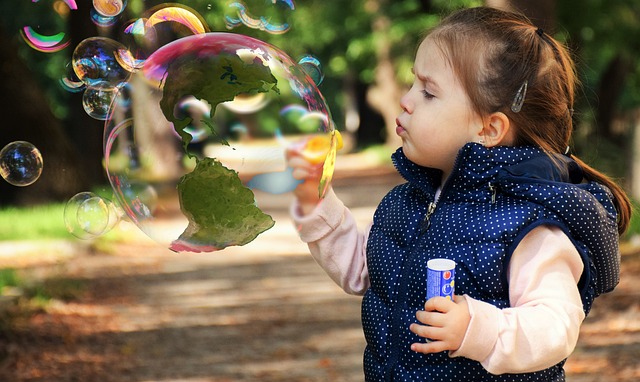Augmented Reality Workspaces: The New Canvas for Creative Professionals
Augmented Reality Workspaces: The New Canvas for Creative Professionals
The creative industry stands at the brink of a transformative era where augmented reality (AR) and immersive environments are poised to become the next predominant canvas for artistic expression and engagement. As weak signals indicate, this shift promises to reshape the landscape of creative professions, blending digital and physical realms to redefine audience experiences.
20 March 2024
BACK TO BLOGS

What's Changing?
Traditionally, creative jobs have primarily dealt with tangible mediums or digital screens. However, several developments signal an incipient trend where augmented reality (AR) intersects with creative professions:
-
The planned operation of the Rubin Observatory illustrates the potential of digital spaces to simulate expansive physical experiences.
-
Advancements in smartphone technology, such as the inclusion of Ultra-Wideband (UWB) support in iPhones, highlight a growing capability for precise spatial and location-based interactions.
-
The development of specialized studios in Ukraine suggests an evolving demand for spaces designed for digital content creation.
Collectively, these changes suggest a burgeoning ecosystem ripe for the integration of AR technologies, providing creatives with new opportunities to construct meaningful, multi-dimensional experiences.
Why is this Important?
A shift towards augmented reality spaces for creative professionals signifies a revolution in how content is perceived, interacted with, and valued. The implications are manifold:
-
Experiences once bound by physical constraints can be recreated in AR, making them accessible to a more extensive audience base.
-
The fidelity of real-time user interactions opens new possibilities for personalized content, potentially enhancing user engagement and satisfaction.
-
An augmented space allows for unprecedented collaborations between creatives and technologists, fostering cross-disciplinary innovation.
This trend is crucial as it heralds a future where the need for human-centric design is paramount, and the creative economy could experience significant growth and diversification.
Implications
The potential disruption by AR in the creative industries is far-reaching:
-
Economic Shifts: The creative job market may experience a shift in demand, favoring skills in AR content creation and spatial design over traditional mediums.
-
Education: Educational institutions could adapt curricula to include AR skills, preparing the next generation of creatives for industry demands.
-
Intellectual Property: New challenges and opportunities in protecting and licensing digital works within AR spaces will emerge, requiring legal innovation.
-
User Engagement: Brands might leverage AR to offer immersive advertising, creating ad spaces that are interactive and engaging in new ways.
Given these amplifications, stakeholders must invest in capabilities that allow them to leverage this trend productively.
Questions
-
How can creative professionals cultivate the skillsets necessary for success in an AR-dominated landscape?
-
What partnerships might evolve between technology platforms and creative industries to enhance immersive user experiences?
-
What ethical considerations must be addressed when crafting augmented realities that blur lines between perception and reality?
-
How will AR integration within the creative job market influence intellectual property laws and content monetization?
Summary
We stand on the precipice of a new era in creativity, where augmented reality beckons as the next frontier for professionals in the creative realm. Technology's rapid development and adoption suggest that AR spaces will soon become the standard, providing an immersive canvas that transcends the limitations of the current mediums. As such, there is an urgent need for the creative industry to evolve, catering to the unique demands and opportunities that this convergence of realities presents. Stakeholders must brace themselves for the changes ahead, as they reimagine their approach to content creation, distribution, and engagement within these nascent digital terrains.
Bibliography
Image by Gerd Altmann from Pixabay
